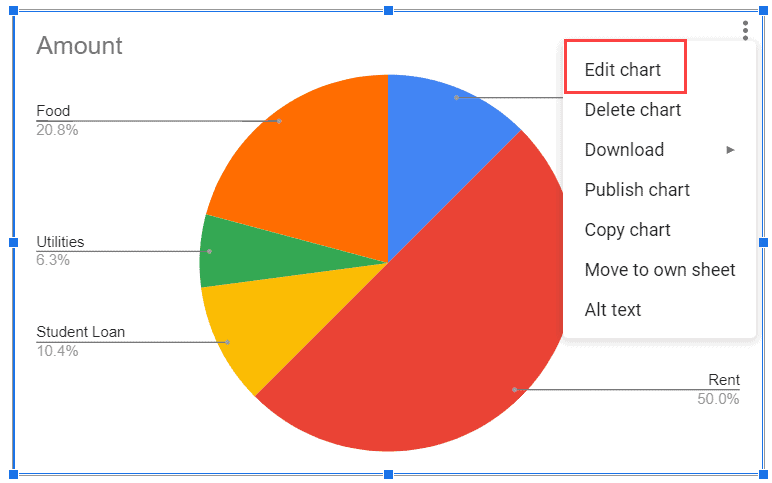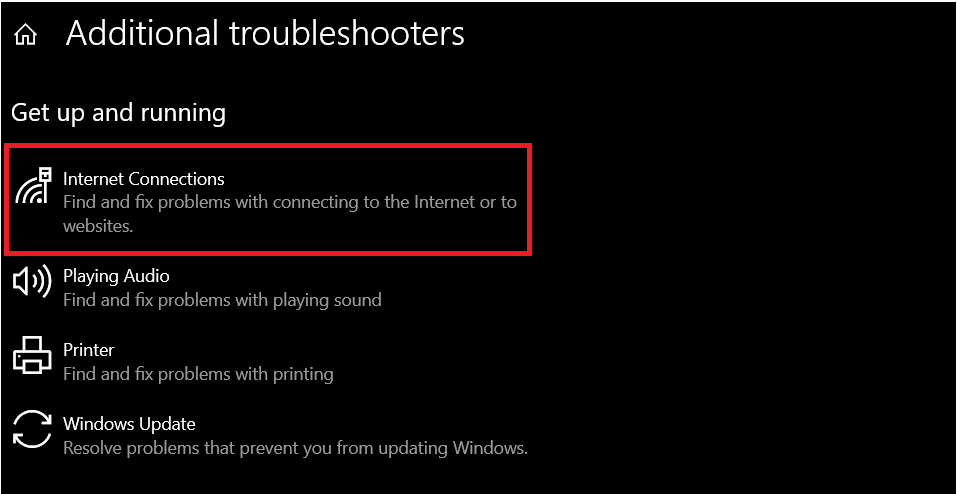If you have an Apple computer, you may be wondering how to fully close apps on Mac. There are a few different ways to quit an app on macOS completely. If you’re struggling to find the right way to do it, this guide on how to close apps on MacBook will tell and show you everything you need to know to keep your machine running as smoothly as possible.
This Article Covers:
Should I Quit Apps on Mac?
You may be wondering — do you even need to quit apps on a MacBook? The answer is, well, not really. If your primary concern is whether leaving apps running will hungrily consume your processor and memory resources, the answer is not really. These days, macOS has features in place to optimize resource efficiency when apps are running in the background, such as when they are minimized or in standby mode. These features usually work unless the app itself is poorly optimized or written.
If you are using a laptop and you want to conserve battery, chances are it’s best to quit apps when you are done using them. If you close the application, Mac machines can run for longer due to less drain on the battery. This generally applies to any laptop or even any smartphone or tablet — fewer things running often means less battery consumed.
A good rule of thumb is to click on your battery icon on the top menu bar, and it will show you which apps are consuming significant energy. If you can afford to quit some or all of them, you can feel free to do so.
Read more: Best Mac Apps 2022

What Does Clicking the (X) Button Do on a Mac?
You clicked on the red (X) button on the top left of your app’s window, confident that it quits the app. But then, you look at your dock and notice that it’s actually still running. What gives?

If you’re coming from a Windows machine, the way that this works might be slightly confusing to you. After all, when you press the (x) button in any window on Windows machines, it closes the window and the actual app or program itself. Windows operating systems treat windows as the apps themselves, so clicking the (x) button in a window also exits the program.
Macs treat windows a bit differently. On Mac machines, a window is more like an instance or document of the app, rather than the app itself. You’ll notice that if you click the red (x) button, the window disappears, but you’ll still be able to see the app’s top menu bar if you hover your cursor at the top of your screen. If you hover your cursor over your dock, you’ll also see which apps are still open if you look for the dot beneath their icons.
And so, if you want to learn how to close out apps on MacBook Air, you’re going to have to look further than the red (x) button since this button just closes the instance or document you are working on while still keeping the app open in the background.
Some applications don’t always follow this mechanic, however. For example, if you click the red (x) button on the system preferences window, it will fully close out the app itself — no need for further steps.
It’s worth noting that in later versions of macOS, you may notice that the button doesn’t necessarily have an X on it anymore — just a dot with a red background. It serves the same purpose, so don’t worry if yours doesn’t have an (x)!
How to Close Apps on MacBook: All The Possible Ways
If you want to learn how to close apps on MacBook Air or how to close running apps on MacBook Pro, the methods below will work for both systems.
Quit an App Using the Menu Bar
One of the easiest ways to close applications on Mac computers is simply by moving your mouse cursor to the top of your screen. Click on the app’s name next to the Apple logo icon on the top menu.
A drop-down menu will appear once you click on the app’s name. You can then click on “Quit _____”, which is all the way at the end of the drop-down menu.

Using this method will fully close the app without any further action.
Using a Keyboard Shortcut
Keyboard shortcuts are always a fantastic way to do things on your computer. Knowing a few of them can truly make your life so much easier. If you want to learn how to quit an app on Mac using your keyboard, the shortcut is easy.
Press cmd (⌘) + Q, and it will quit whichever app you currently have in focus. If you want to avoid accidentally closing out apps you were still in the middle of using, make sure that you have the right app selected before you press this key combination.
If you want to quit apps in quit succession, you can press cmd (⌘) + tab to switch between apps, then cmd (⌘) + Q to close whichever app you’re on. Over time, you can get used to doing this so quickly you won’t even need to think about it.
Using the Dock
The dock is another excellent and convenient way to quit apps you are no longer using. To quit an app using the dock, simply hover your mouse cursor over the app’s icon on your dock. Right-click (or double tap if you are using a trackpad) to bring up the menu. From there, you can choose to quit the app, and voila! Nothing else is necessary from there.

How to Force Quit Apps on Mac
You’ve learned how to close apps on Mac computers, but sometimes these methods might not work. If you find that the app is not responding and you can’t quit it with any of the methods mentioned above, you might want to try to force quit it instead. Apple has a guide on its support page, but it’s straightforward to learn to do it yourself. All you need to do is to press a specific keyboard combination.
Press cmd (⌘) + option + escape to bring up the Force Quit window. Alternatively, you can click on the Apple icon on the top menu bar, then click on Force Quit on the drop-down menu that appears.

The Force Quit window will look like this:

You can choose the app or apps you want to close from this window. Click Force Quit, and that’s all you need to do!
Frequently Asked Questions
How do you close running apps on Mac?
Learning how to close programs on Mac computers is easy. You can use command or cmd (⌘) + Q, the menu bar, or the dock. You can also use the Force Quit window. All the steps you need to do are detailed in the guide above.
How do I close all open apps on my MacBook Air?
The same techniques you can use on a MacBook Pro or any other Mac desktop computer will also work on a MacBook Air. You can use cmd (⌘) + Q, close an app from the top menu bar, click quit from the dock, or get rid of an app through the force quit menu — they all work the same. If you want to know more about the steps, check out the guide above!
How do I close apps that are running in the background?
If you have some apps running in the background and you want to get rid of them, all you need to do is find them in your dock. Apps running in the background will have a dot underneath their icons in the dock. From there, you can click to navigate to the app and use any of the above methods to close them.
What does it mean to close background apps?
Closing background apps means quitting any app not currently in use or focus. Doing this allows you to free up resources and lessen the demand on your battery.
Wrapping Up
There are a few methods you could learn for how to close apps on MacBook computers. In the end, finding the way that works best for you is simply a matter of preference. Try out the methods above to see which one you like the most!
Related Reading:
- How to Make Chrome the Default Browser [Mac, Windows, iOS, Android]
- How to Uninstall Apps on a Mac (6 Easy Methods)
- How to Copy and Paste on Mac (3 Quick and Easy Ways)
- How to Convert PDF to Word on Mac [5 Easy Ways]
- 8 Best MacBook Pro Alternatives To Consider
- How to Screenshot on Mac: 6 Quick + Easy Ways
- How to Change a MacBook Name






